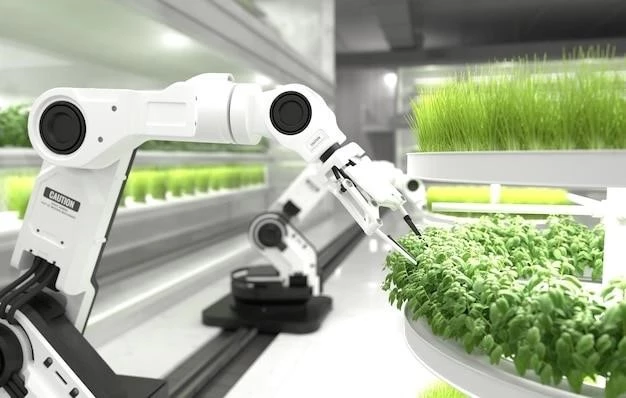The Future of Food: How Technology is Shaping Agriculture
The future of food is looking incredibly exciting, and it’s all thanks to the incredible advancements in technology that are revolutionizing agriculture. As someone who’s always been passionate about both food and innovation, I’ve been closely following these developments, and I’m incredibly optimistic about what’s to come.
Let’s dive into some of the key ways technology is shaping the way we grow, produce, and consume food:

Precision Agriculture: Farming with Data
Imagine a world where every plant gets exactly the right amount of water, nutrients, and even light it needs to thrive. That’s the promise of precision agriculture, and it’s already making a huge difference. I recently visited a farm that uses sensors and drones to monitor crop health in real-time. The data they collect helps them optimize irrigation, fertilization, and even pest control, leading to higher yields and less environmental impact.
Vertical Farming: Growing Up, Not Out
Limited land is a major challenge for feeding a growing population. Enter vertical farming: growing crops in stacked layers, indoors, and often in urban environments. I’ve seen firsthand how vertical farms can produce more food in a smaller space, using less water and energy. The controlled environment also allows for year-round production, making it possible to grow fresh produce closer to consumers.

Robotics and Automation: Taking the Strain Out of Farming
Farming can be physically demanding work, and finding enough labor is becoming increasingly difficult. Robotics and automation are stepping in to help. I’ve seen robots used for tasks like planting, weeding, and harvesting, making farm work more efficient and less physically taxing. These advancements also allow for more precise and consistent results, leading to higher quality produce.
Gene Editing: Improving Crops from the Inside Out
Gene editing technologies like CRISPR are allowing us to modify crops in ways that were previously unimaginable. I’ve read about researchers using gene editing to develop crops that are more nutritious, disease-resistant, or even drought-tolerant. These advancements hold immense potential for improving food security and sustainability.
Food Waste Reduction: A Technological Solution
Food waste is a huge problem, both environmentally and economically. Technology is playing a role in reducing food waste by improving food storage, tracking, and distribution. I’ve seen apps that help consumers track their food inventory and prevent waste at home. And on a larger scale, companies are using technology to optimize supply chains and reduce food spoilage.
The Future is Bright
The technological advancements I’ve described are just the tip of the iceberg. As technology continues to evolve, we can expect even more innovative solutions to address the challenges of feeding a growing world. I’m incredibly excited to see how these technologies will shape the future of food, making it more sustainable, accessible, and delicious for everyone.










